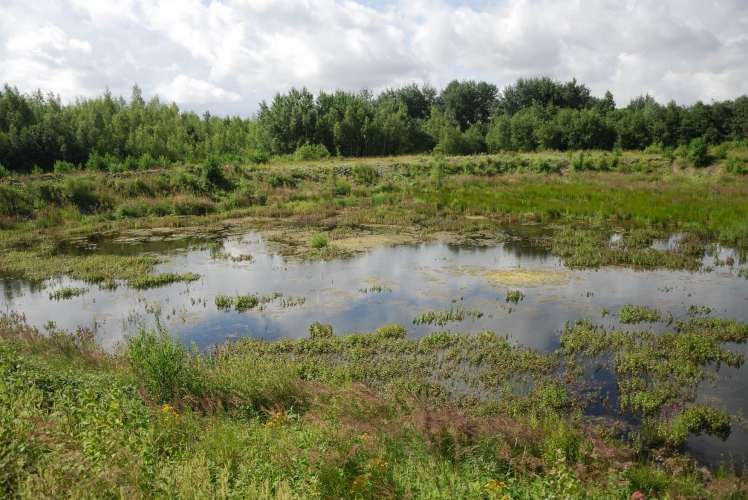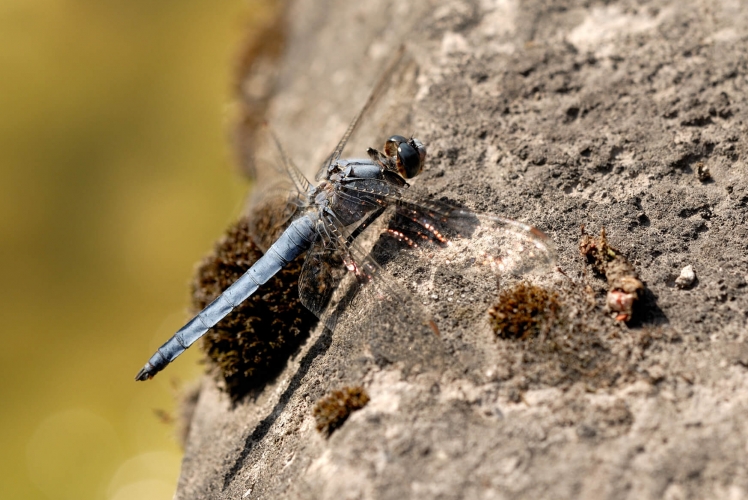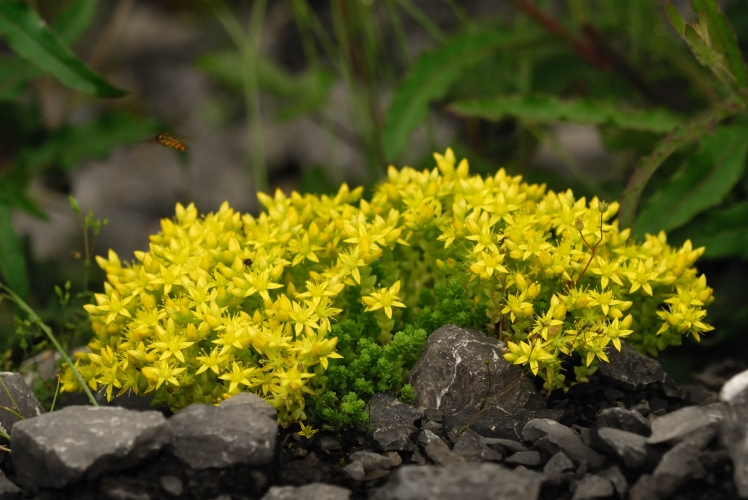REHABILITATION OF DISMANTLED QUARRIES AND RESTORATION OF BIODIVERSITY
Biodiversity is a value that is important to us and the goal we set ourselves with the Life in Quarries program is precisely to optimize the biodiversity potential of mining sites in Belgium.
The goal of the project, which ended in 2021, is to develop, optimize and protect the host potential of biodiversity in extraction sites in Belgium.
Quarries play a fundamental role in the conformation of the landscapes. When they are located near urban areas, they represent green corridors that animal species use as transition zones. This is why we are concerned with implementing measures to safeguard and recover biodiversity during exploitation.
The project is based on an innovative concept of dynamic biodiversity management with the idea of creating and preserving a network of temporary habitats throughout the quarry both during its exploitation and afterwards, in order to ensure that suitable habitats are constantly available for numerous rare and endangered species of high ecological value.
These pioneer species need very particular types of environments, such as cliffs, rocky or sandy surfaces, rock landslides, temporary bodies of water, gypsum meadows or sparse meadows generated by quarries.
Two types of actions are carried out in the Life in Quarries project.
The first type of intervention is dedicated to "temporary nature" such as the creation of pioneer ponds, pioneer grasslands for insects and pioneer plants, the installation of stone shelters for reptiles and amphibians. The second intervention includes numerous actions concerning "permanent nature" such as the eco-grazing of local sheep species, the installation of floating platforms for seabirds on permanent bodies of water, the safety of bat tunnels, the restoration and management of meadows or, the pride of the project, our annual translocation campaign of the natter jack toad and the crested newt, two endangered amphibious species.
The keystone of the LIFE in Quarries project remains the fruitful collaboration between different actors (private, public, scientific, an NGO and a natural park) which together help to preserve many species at risk of extinction such as the magnet toad, African mice, the crested newts, the lizards, the Eurasian eagle owl, the smooth snake and many others.
Furthermore, each year starting from 2022, a summary annual report started to be drawn up in order to list the actions carried out and publish the monitoring indicators. The report is being automatically sent to the authorities. The 2022 post-Life Commitment is to maintain life actions to keep for a period of 15 years.

Crocothemis erythraea

Cirsium palustre

Vanellus vanellus




